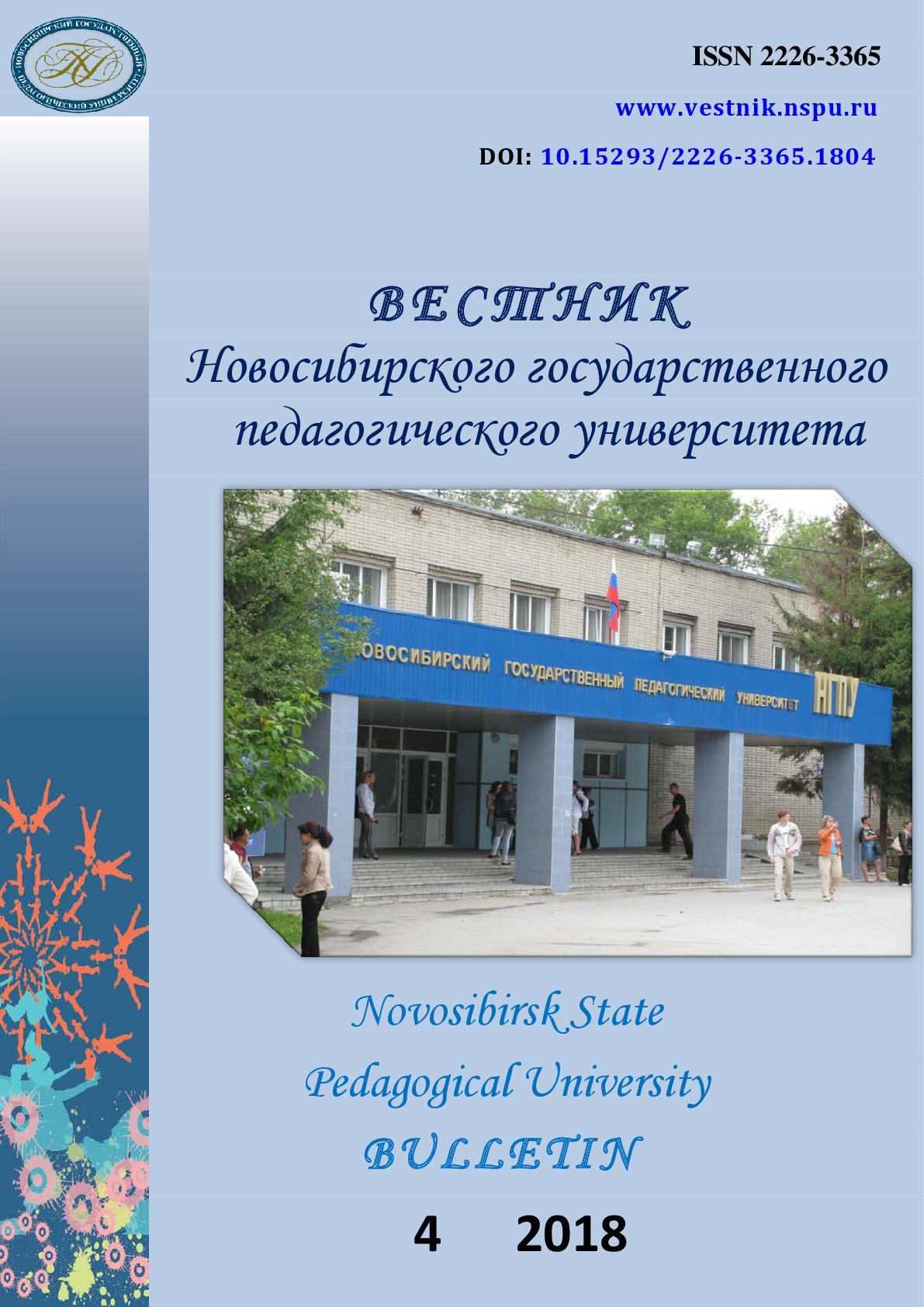Art education as a way of preserving the traditional ethnocultural identity of indigenous minority peoples from the North, Siberia and the Far East
Art education as a way of preserving the traditional ethnocultural identity of indigenous minority peoples from the North, Siberia and the Far East
Author(s): Maria Alexandrovna Kolesnik, Natalia Mikhailovna Libakova, Ekaterina Anatol’evna SertakovaSubject(s): Education, Fine Arts / Performing Arts, Cultural Anthropology / Ethnology, Present Times (2010 - today), Identity of Collectives
Published by: Новосибирский государственный педагогический университет
Keywords: Art education; Educational programs; North of the Krasnoyarsk Territory; Minority indigenous peoples of the North; Semi-structured expert interview; Field studies; Ethnocultural identity;
Summary/Abstract: Introduction. This paper presents analysis of the opportunities offered by a modern art education as an effective tool for the preservation of the cultural identity of indigenous peoples residing in the North, based on material from the Krasnoyarsk Territory. The objective of the paper is to conduct a comprehensive study of the existing educational practices in the field of art education in the north of the Krasnoyarsk Territory, clarify their role in formation of students' ethnocultural identity–representatives of the minority indigenous peoples of the North, Siberia and the Far East. Materials and Methods. This article is based on analysis of field research completed within the period from 2010 onwards in the Northern areas of the Krasnoyarsk Territory (Evenk Municipal District, and Taymyr Dolgan-Nenets Municipal District). Semi-structured expert interviews were employed as the main method. The respondents were specialists engaged in implementing educational programs in the field of art education, as well as artists who emerged during the development of these programs. Results. A comprehensive study on art education in the north of the Krasnoyarsk Territory has been carried out. The authors have conducted the analysis of contemporary practices in the academic process of working with representatives of the indigenous peoples of the North attending educational institutions of various levels, and a number of expert interviews have been conducted. Based on the analysis of the data collected during fieldwork, it has been concluded that modern educational practices in the area of art education among representatives of the minority indigenous peoples of the North serve as a tool which contributes to shaping a positive ethnocultural identity. Issues both in the area of art education and in its future development have been revealed. Conclusions. The comprehensive study of art education in the north of the Krasnoyarsk Territory has led to the identification of the most successful practices for enabling new generations of the minority indigenous peoples of the North to be familiarized with their ancestors' traditions. Drawbacks have also been found. In the interviews, experts cite the absence of consistent cohesion between different levels of art education as a problem. However, the educational program, as the experts in the area of art education and the students themselves note, serves as a powerful factor in the formation of an ethnocultural identity: at both the supplementary and professional levels of education.
Journal: Вестник Новосибирского государственного педагогического университета
- Issue Year: 8/2018
- Issue No: 4
- Page Range: 233-247
- Page Count: 15
- Language: English

